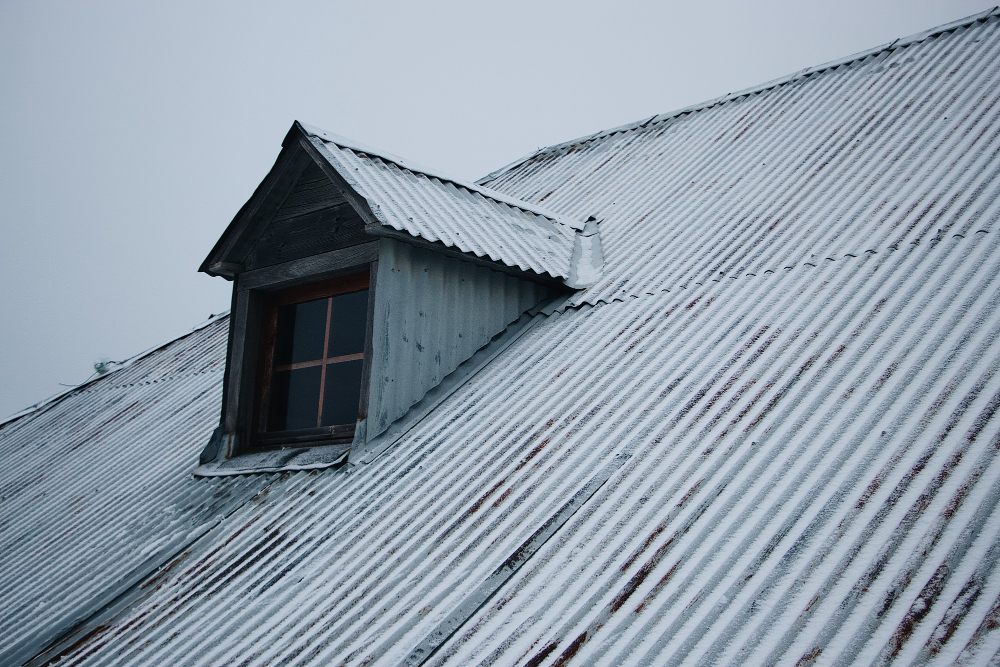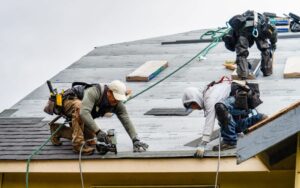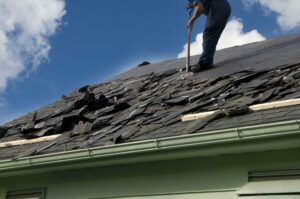Homeowners insurance typically covers roof damage from storms, such as wind, hail, and heavy rain. However, specific coverage can vary between policies, so it’s essential to check yours for any limitations or exclusions. Be aware that damage due to lack of maintenance or wear and tear might not be covered. Additionally, understanding your deductible and any potential caps on payouts is important. You’ll find more insights on managing claims and ensuring adequate coverage moving forward.
Understanding Your Homeowners Insurance Policy
When you examine your homeowners insurance policy, it’s crucial to understand the specifics of roof damage coverage. Start by reviewing your policy coverage to determine what types of roof damage are included. Many policies cover damage caused by specific perils, but exclusions can greatly impact your claims. Next, consider how your premium rates reflect the level of coverage provided. Higher premiums might indicate broader coverage, while lower rates could suggest limited protection. It’s also important to check your deductible, as this affects your out-of-pocket expenses when filing a claim. By analyzing these elements, you can make informed decisions about your insurance needs and guarantee your home is adequately protected against potential roof damage.
Types of Roof Damage Covered by Insurance
Understanding the specifics of your homeowners insurance policy sets the stage for recognizing the types of roof damage typically covered. Most policies cover storm damage, including wind, hail, and heavy rain, which can lead to leaks or structural issues. If a storm causes falling branches or debris to damage your roof, that’s usually covered as well. However, it’s essential to be aware of policy limitations; some insurers may have specific caps on payouts or additional deductibles for certain types of storm damage. Always review your policy documents to identify any restrictions that could affect your claims. By knowing what’s covered, you can better assess your risks and guarantee your home is adequately protected against potential storm-related roof issues.
Common Exclusions in Insurance Policies
While many types of roof damage are covered by homeowners insurance, there are also common exclusions that can leave you vulnerable. Exclusion clauses often limit coverage for specific types of damage, such as wear and tear or lack of maintenance. For instance, if your roof deteriorates over time due to neglect, your insurer might deny your claim based on policy limitations. Additionally, damage caused by natural disasters like earthquakes or floods may not be covered unless you’ve purchased separate riders. Understanding these exclusions is essential for homeowners, as they can greatly influence your financial protection when storm damage occurs. Always review your policy carefully to verify you know what’s excluded and how to mitigate potential risks.
The Importance of Documentation After a Storm
After experiencing storm damage, documenting the extent and specifics of the damage becomes essential for homeowners seeking to file insurance claims. In the storm aftermath, detailed records are vital for a successful damage assessment. Start by taking clear photographs of your roof, noting any visible leaks, missing shingles, or structural issues. Keep a log of all communications with your insurance company and any repair contractors. This documentation not only substantiates your claim but also helps in understanding the full scope of the damage. By being meticulous in your documentation, you bolster your position in negotiations with insurers, ensuring you receive appropriate compensation for repairs. Remember, thorough and organized records can greatly impact the outcome of your insurance claim.
Steps to Take Immediately Following Roof Damage
Once you’ve identified roof damage, it’s crucial to act swiftly to mitigate further issues. Start by evaluating the situation from a safe distance—avoid climbing onto the roof unless absolutely necessary. If water is leaking through, implement emergency repairs using tarps or buckets to contain the damage. Make sure you take safety precautions, such as wearing a hard hat and using stable ladders. Document the damage with photographs for future reference. If you notice any hazards like exposed wires or unstable structures, contact professionals immediately. Don’t forget to secure your property by moving valuable items away from the affected area. Taking these steps promptly can help prevent additional damage and prepare you for the next stages in addressing the roof issues.
How to File a Claim for Roof Damage
To file a claim for roof damage, you should begin by thoroughly reviewing your insurance policy to understand the coverage specifics and requirements. Next, document the damage with clear photographs, as this will be essential for the claim process. Contact your insurance company to initiate your claim, and be prepared to provide detailed information about the incident and the extent of the damage.
After filing, an insurance adjuster will likely conduct a roof assessment to evaluate the damage firsthand. It’s important to keep records of all communications and any repair estimates you receive. Finally, be patient as your claim is processed; understanding the timeline can help manage your expectations and guarantee you follow up as needed.
The Role of Adjusters in the Claims Process
While you navigate the claims process for roof damage, understanding the role of adjusters is vital. Adjusters are responsible for evaluating the damage and determining the validity of your claim. They’ll conduct thorough inspections, reviewing documentation and photographs to gauge the extent of the roof damage. Their evaluations play an essential role in the insurance decision-making process, affecting whether your claim gets approved and how much compensation you receive.
During this evaluation, adjusters consider policy details and applicable coverage limits. It’s important to communicate clearly with them, providing any necessary information to support your claim. By grasping adjuster responsibilities, you can better prepare for discussions and facilitate a smoother claims process.
Tips for a Successful Insurance Claim Outcome
Steering through the insurance claims process can be complex, but there are effective strategies that can enhance your chances of a favorable outcome. Start by documenting all damage thoroughly; take clear photos and detailed notes. When filing your claim, be precise about the damages and how they occurred. Use claim tips like keeping records of all communications with your insurer, including dates and names. Familiarize yourself with your policy details to know what’s covered. Presenting a well-organized claim can greatly improve your chances. Additionally, consider consulting a public adjuster if you face difficulties; they’re skilled in maneuvering insurance strategies. Always follow up regularly to confirm your claim is progressing and maintain open communication with your insurer.
Does insurance cover roof damage due to storm?
roof damage
roofs
roof shingle
flood insurance
insurance policies
asphalt shingles
insurance companies
torandoes
lightning strike
lightning
lightning strikes
thunderstorm
insured
hurricanes
extreme weather
does insurance cover roof damage due to storm?
yes, homeowners insurance should cover wind damage and any other roof damage
insurance roof replacement
wind-damaged roof
wind-damaged roofs
wind damage claim
wind damage
roofing
roof replacement
roof patch
new roof
current roof
entire roof
full roof replacement
flood damage
current roof shingle
homeowners insurance claims
full roof
fire damage
further damage
roofing contractor didn
structural damage
separate flood insurance
roof replacement out-of-pocket
serious damage
hail damage
interior damage
exterior elements
quote home insurancequote
strong winds
finding shingles
creased shingles
insurancequote
total dwelling coverage
personal property coverage
homeowners insurance online
insurance pay
3-tab asphalt shingles
dwelling coverage
insurance pays
reputable roofer
homeowners insurance company
exterior losses
ice damage
architectural asphalt shingles
insurance experience
home insurance policies
insurance fights





